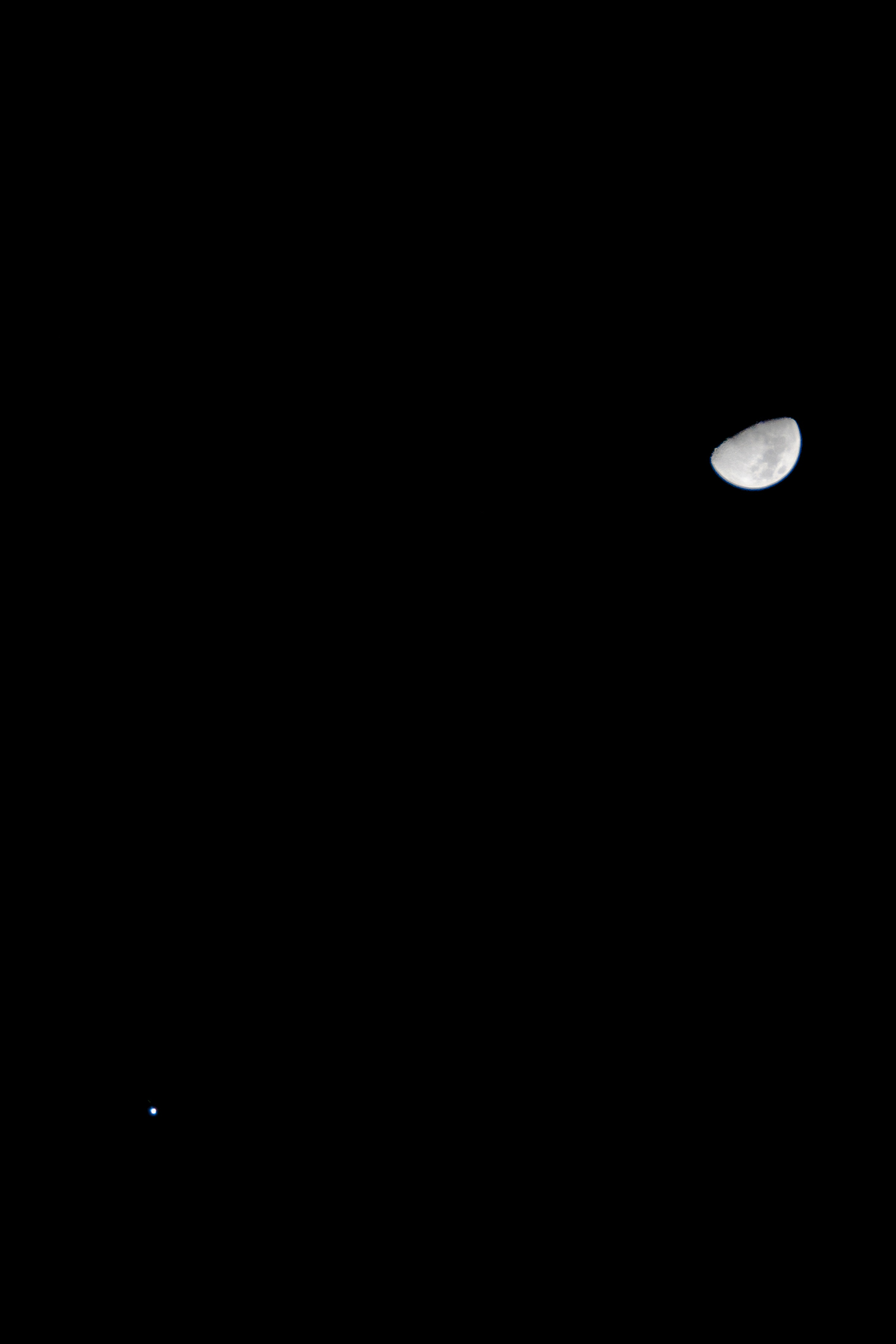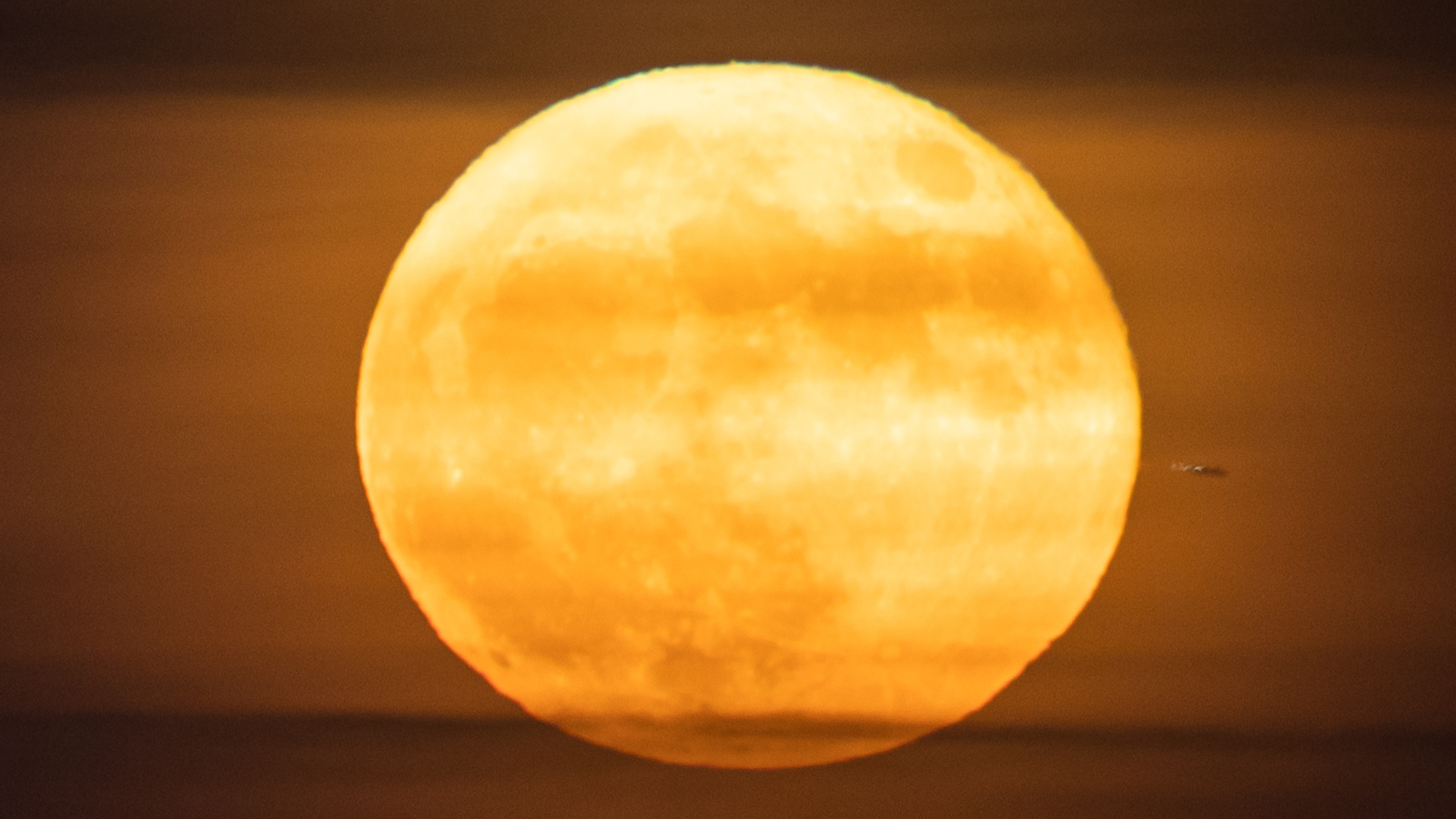Major Planet Skywatching Events of 2012

It's always fun to look up at the night sky and try to spot the planets, and this year, there will be plenty of opportunities to look for the celestial bodies in our solar system.
Here are some tips on how you can try to see the planets in 2012:
Mercury
Mercury is often a difficult planet to find, but there are certain short periods each year when it can be seen with the naked eye with little effort, either just after sunset or before sunrise.
In 2012, Northern Hemisphere observers will have two periods when Mercury can easily be located. During the first half of March, Mercury can be seen low in the west-northwest soon after sunset. During mid-August, Mercury can be seen low in the east-northeast just before sunrise.
Southern Hemisphere observers will find Mercury well placed in the morning sky during mid-April, and in the evening sky in late October.

Venus
Get the Space.com Newsletter
Breaking space news, the latest updates on rocket launches, skywatching events and more!
2012 is an excellent year for observing Venus. It spends the first half of the year in the evening sky and the second half of the year in the morning sky. On June 6 (June 5 in the North America) Venus transits the face of the Sun for the second and last time this century; the next transit of Venus will be in 2117. This transit will be visible, at least in part, over most of the world except for western and southern Africa, most of South America, Antarctica, and much of the Atlantic Ocean. The entire transit will be visible in eastern Asia, eastern Australia, Alaska, the Yukon, and northern British Columbia.

Mars
Mars will be well placed for observation from mid-January through the end of April, opposition being on March 3. It will actually be closest to Earth two days later on March 5: 62,621,333 miles (100,779,266 km) distant. This is an unfavorable opposition because Mars is close to aphelion, as far from the Sun as it ever gets. Mars spends the first half of the year in a retrograde loop in or near the constellation Leo, before resuming its journey eastward along the ecliptic.

Jupiter
Jupiter spends the first half of the year in Aries, and the second half in Taurus. It is best viewed in the evening in the for the first three months of the year, and then in the morning sky from July until the December 3 opposition, when it moves into the evening sky for the rest of the year. The angular diameter at opposition will be 48.4 arc seconds. Binoculars will show the four largest satellites. A small telescope will show one or two cloud bands across the visible surface of the planet.

Saturn
Saturn will spend most of the year in Virgo, moving into Libra on December 6. Saturn can be viewed in the morning sky until April 15, when it moves into the evening sky. From September to November it will be behind the Sun, reappearing in December in the morning sky. The rings are now widely open, making them easy to see in any telescope magnifying more than about 30x. Saturn’s largest moon Titan is readily visible in a small telescope, and several more moons may be seen in larger telescopes. At opposition, the planet’s angular diameter will be 19.1 arc seconds.

Uranus
Uranus spends most of 2012 in Pisces, except for an incursion into the northwest corner of Cetus from May 11 to September 16, after which it returns to the western part of Pisces. It is best viewed in fall. It is in opposition on September 29, when it moves from the morning sky into the evening sky. Although it may be seen with the naked eye in a very dark sky, usually binoculars will be required to make it out. Its angular diameter is less than 4 arcseconds.

Neptune
Neptune spends the whole of 2012 in Aquarius. It is best viewed during the late summer and early fall. It is in opposition on August 24, when it moves from the morning sky into the evening sky. Binoculars or a small telescope will be required to see it. The angular diameter is about 2 arcseconds.

Source: RASC Observer’s Handbook 2012 and Starry Night software
See also our complete Night Sky events and information page, updated monthly.
Join our Space Forums to keep talking space on the latest missions, night sky and more! And if you have a news tip, correction or comment, let us know at: community@space.com.

Geoff Gaherty was Space.com's Night Sky columnist and in partnership with Starry Night software and a dedicated amateur astronomer who sought to share the wonders of the night sky with the world. Based in Canada, Geoff studied mathematics and physics at McGill University and earned a Ph.D. in anthropology from the University of Toronto, all while pursuing a passion for the night sky and serving as an astronomy communicator. He credited a partial solar eclipse observed in 1946 (at age 5) and his 1957 sighting of the Comet Arend-Roland as a teenager for sparking his interest in amateur astronomy. In 2008, Geoff won the Chant Medal from the Royal Astronomical Society of Canada, an award given to a Canadian amateur astronomer in recognition of their lifetime achievements. Sadly, Geoff passed away July 7, 2016 due to complications from a kidney transplant, but his legacy continues at Starry Night.

